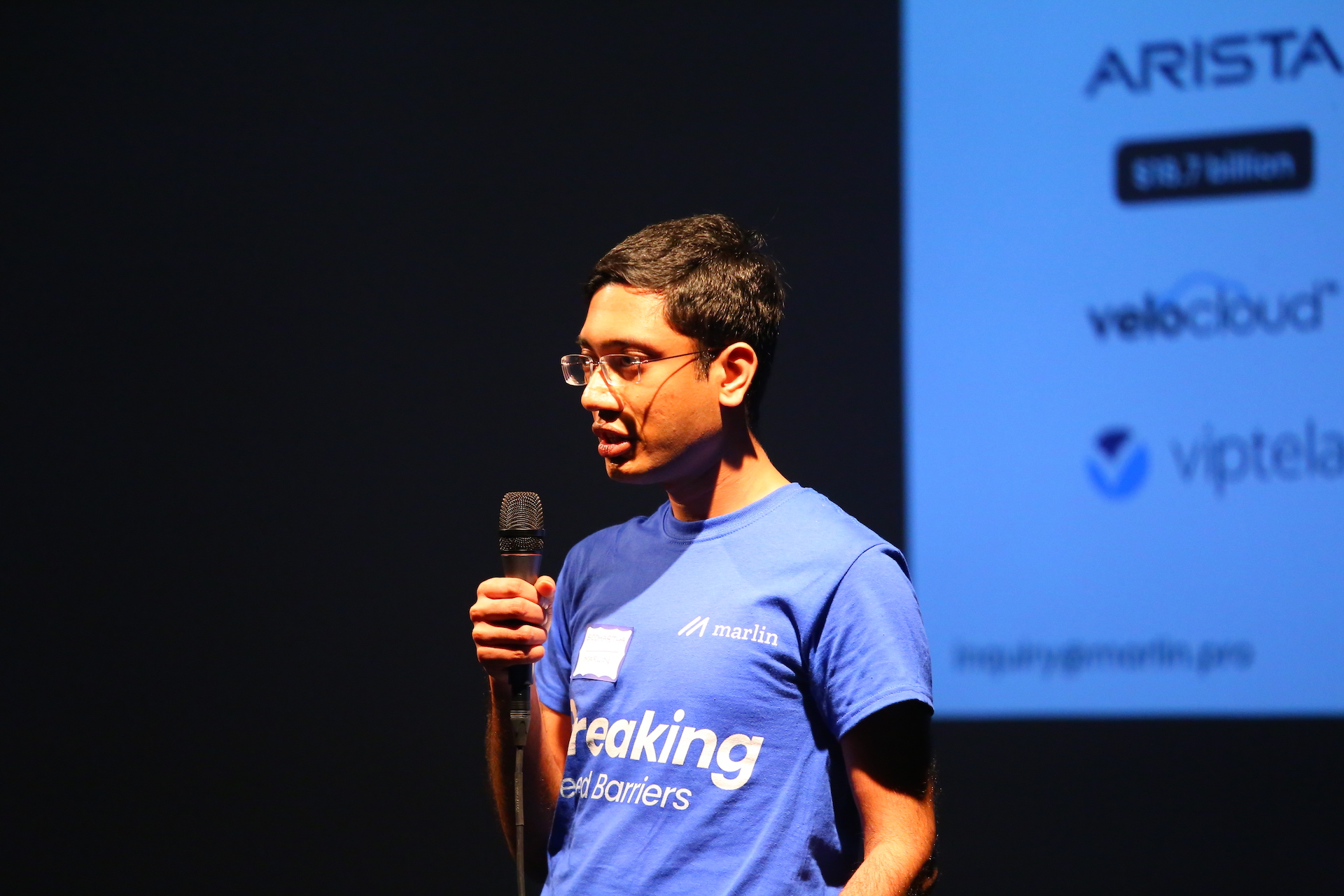12 Ways Web3 Media Could Embrace AI
This article was not written by AI. But will that be the case in the future?
As questions about artificial intelligence dominate every industry — from crypto to law to farming — it’s only natural that newsrooms, too, are weighing the promise and the peril.
“Artificial intelligence will soon transform media on a scale and pace that rivals the internet two decades ago,” predicts a recent Axios newsletter. “The media companies that survive — and thrive — will be those that adapt quickly to fast-changing consumer needs.”
Which brings us to the spirit of this exercise: How could a savvy media website — specifically a Web3-focused publication, such as CoinDesk — smartly use AI in the future? Will us fleshy organic humans, with our pesky needs for sleep and food and paychecks, soon be replaced by machines?
And is it worth even opening this Pandora’s box? “I think there’s a first-order question for newsrooms to ask themselves, which is, ‘Why are we even using these tools in the first place? Is there a need?’” says Claire Leibowicz, head of the AI and Media Integrity Program at The Partnership on AI, a non-profit organization devoted to the mandate of responsible AI.
Leibowicz’s team concluded that ultimately, yes, AI can be leveraged as a tool to support sustainable journalism…with some important caveats. It could give a boost to small local newsrooms, for example, which might otherwise be headed for extinction. This doesn’t mean that AI should replace the human writers and editors. (I’ll cop to some bias. Full disclosure: I am a human writer.)
Let’s start with the range of journalistic functions that Leibowicz says AI should not be doing, which includes: Editorial decision-making, story curation, interviewing, and the writing of high-stakes stories. “We should take a step back and consider which stories are high stakes,” says Leibowicz. “Any story can be high-stakes, whether it’s pop culture or public health, and there should always be a human in the loop.”
That’s the theme from every expert I interviewed: AI can be an additive tool, but not a substitute for humans. There is a very real risk, of course, that AI could gobble up jobs anyway. It would be naive to ignore the possibility. But on a more optimistic note, Zain Kahn, who writes the AI-focused Superhuman newsletter, says that AI is “like having a very competent intern. It saves you from the work that you find to be drudgery anyways.”
The Partnership on AI has grouped the role for AI in newsrooms into three buckets, which we’ll adopt as a framework for this piece:
i. Lead Generation and Investigative Tools
ii. Content Creation and Distribution
It’s early days for AI. (Everyone in crypto, of course, is familiar with the theme of “early days.”) There will surely be more use cases. And this list is hardly comprehensive. So with all of those disclaimers in mind, here are 12 ways that Robot Journos could help a Web3 newsroom:
Bucket I – Lead Generation and Investigative Tools
1. Spot trends and insights from large pools of data
Even the speediest of readers have trouble poring through 5,000 pages of financial documents, court papers, or on-chain transactions. AI can help with this, and it’s already happening.
“A classic example is the Pandora Papers,” says Leibowicz. Journalists used machine learning to help make sense of 11.9 million documents containing information on the secret offshore accounts of presidents and billionaires, which they used to break a Pulitzer-winning story.
2. Analyze social media trends
The question of “what to cover?” is at the heart of every newsroom. AI could suss out what the crypto community is most interested in. “There’s a world where AI tools are analyzing social media and trending topics, and we think both of those are vital,” says Leibowicz. But she adds a note of caution — trending topics might actually mask the more important stories that no one’s talking about. “You don’t want to overlook these insights in favor of an algorithmic tool that’s deriving its data from the more macro picture,” she says.
Put differently, it’s the newsroom’s job to not simply react to what people are chattering about, but to seek out and report on the stories that people will be talking about. (See: CoinDesk breaking the FTX story.)
3. Help brainstorm story ideas and angles
While AI shouldn’t replace human brainstorming, it could be used as a jumping off point. Maybe it could get the creative juices flowing? “Why not have a fallible but potentially creative thought partner in coming up with lead generation ideas?” says Leibowicz.
This article was not written by AI. But will that be the case in the future?
Kahn, of the Superhuman newsletter, gets even more concrete. “Let’s say you want to write a piece and you’re not sure what the angle is,” says Kahn. “You can say, ‘Give me a list of 10 article ideas based off the text below.’” Many of those will be garbage, but only one needs to be useful.
Bucket II: Content Creation and Distribution
4. Write (low stakes) automated news articles
This is tricky and controversial. The consensus from the AI experts, generally, was that human beings should stick to actually writing the news. But Leibowicz suggests that in addition to the stories that would already be written, AI could be used to knock out “lower stakes” stories that would otherwise fall through the cracks. This is already happening. Leibowicz says the BBC used ChatGPT to write “7,000 or so hyper-localized news stories on British shopping trends,” which is an example of creating “stories that might otherwise be overlooked.”
Or maybe a local newsroom doesn’t have the bandwidth to cover every City Council meeting, but AI could scrape the transcripts and whip up some quick summaries. It’s easy to see the application in Web3. There are hundreds if not thousands of projects, conferences, and meet-ups that aren’t being covered by crypto media — AI could help plug the gaps.
Of course, what counts as “low stakes” vs. “high stakes”? Does AI have the expertise to understand this rapidly evolving field? Can AI differentiate between the authorities and the hucksters? None of these questions are easy.
5. Quickly translate technical papers for a mainstream audience
AI is good at analyzing dense, weedy academic papers and plucking out the insights. Kahn suggests feeding ChatGPT a long intimidating document — a blockchain white paper, for example — and then asking it for 20 key insights. Humans, ideally, would then vet this for accuracy and coherency.
6. Summarize crypto-adjacent news
“I don’t think you’re going to get replacements for reporters,” says Nathaniel Whittemore, who now hosts a daily AI podcast as well as his daily Web3 podcast. He imagines that traditional journalism — with human interviews, reporting, and a dose of skepticism — will help publications differentiate themselves from AI-reliant content farms.
That being said, Whittemore imagines that in the Web3 space specifically, AI could be used to quickly summarize crypto-adjacent news. “CoinDesk is the destination website for a lot of people in Web3,” says Whittemore. But CoinDesk is not the destination for all business or financial news. So for areas outside of its core competence, why not use AI as a service to the readers? What happens to the S&P 500 is not exactly CoinDesk’s bailiwick, but it’s of interest to most in the space. So Bloomberg or Wall Street Journal articles could be summarized and then linked to by AI, says Whittemore, as these are “sort of orthogonal to their interests, but relevant.”
7. Extract insights from long videos
There are already plug-ins for ChatGPT that allow you to instantly summarize and synthesize videos. Those will only get better. “Let’s say there’s a Bitcoin conference, and some dude’s yapping for two hours,” says Kahn. “Don’t watch the full two hours. Plug it in, and within a couple of minutes, you can get the whole transcript, or a few bullet points.”
And if there’s one thing the entire space can agree on, it’s that there’s a lot of yapping at crypto conferences.
Bucket III: Audience Engagement
Francesco Rulli, an Italian businessman and philanthropist, has already used AI chatbots to quickly scale education platforms for young Afghanistan women. (Teaching financial empowerment, for example, when they lack that education at home.) He suspects that a Web3 website could do something similar. Rulli imagines that the AI could be trained on an accepted body of Web3 knowledge — an archive of CoinDesk explainers, for example — and could then serve as a dynamic guide for those learning about crypto. “You have a digital assistant that helps you to navigate,” says Rulli, “just like Virgil did with Dante in the inferno.”
What if instead of reading an article, you chat with a bot who tells you about the news?
Then there’s the wilder idea. Rulli envisions an AI chatbot that’s primarily about crypto education. But if we expand the idea further, perhaps chatbots could even change the very nature of news itself. What if instead of reading an article, you chat with a bot who tells you about the news? Getting even more out there, perhaps the AI Newsbot is able to hoover up data and insights and facts and stories, and dynamically answer any questions you might have about what’s happening in the world. This one is obviously more speculative. Back to the shorter-term utilities…
9. Facilitate better reader comments and interactions
Comments are the cesspool of the internet. AI could help clean this up. “The New York Times relies on something called Perspective API,” says Leibowicz, which uses machine learning to rank comments based on an automatic (if fallible) detection of how toxic they are.
10. Quickly transform content to publish across other platforms
Every newsroom struggles to keep up with the changing whims of content platforms — one day Facebook is hot, the next day it’s Snapchat, the next day it’s Tik-Tok, soon it will be that trendy hologram start-up. AI could easily help publish across platforms. “You as a journalist can write this story, but maybe there are other modes of storytelling that can reach a different audience,” says Leibowicz. With a few clicks you could transform a 1,000-word article into a punchy Tik-Tok video.
11. Scale and automate social media
Once an article is finished, every editor I know dreads this lingering chore: Think of “call to action” tweets. This is not why anyone went to journalism school.
Here’s where AI shines. Kahn says that AI is already a powerful tool for quickly creating graphics and prompts for social media. Feed it an article, then ask it for 10 Twitter prompts. In the future, you’ll likely be able to automate the entire flow.
12. Customize the news reading experience
“The AI can actually match interests with information, and information with interests,” says Rulli. For example, he notes that he is Italian, so naturally he’s more interested in news from Italy. The AI could learn readers’ preferences and tailor the content to your appetites. Are you into NFTs? Great, then you’ll get more of that. Bitcoin maximalist? Then more bitcoin and Lightning network and Michael Saylor.
The potential is dizzying. So are the risks and the caveats, such as: Concerns about data privacy, bias in AI, inaccuracy and hallucinations, an over-reliance on AI, security, the loss of a personal touch, legal murkiness, and ethical issues.
Many of these disclaimers were suggested by our final AI expert, who adds a note of caution: “As always, it’s important to carefully consider the implications of AI integration and to use AI responsibly,” says the expert. “AI can be a powerful tool for improving efficiency and user experience, but it should be used in a way that respects user privacy, maintains accuracy, and upholds the site’s values.” This AI expert, of course, is ChatGPT.
Edited by Ben Schiller.









